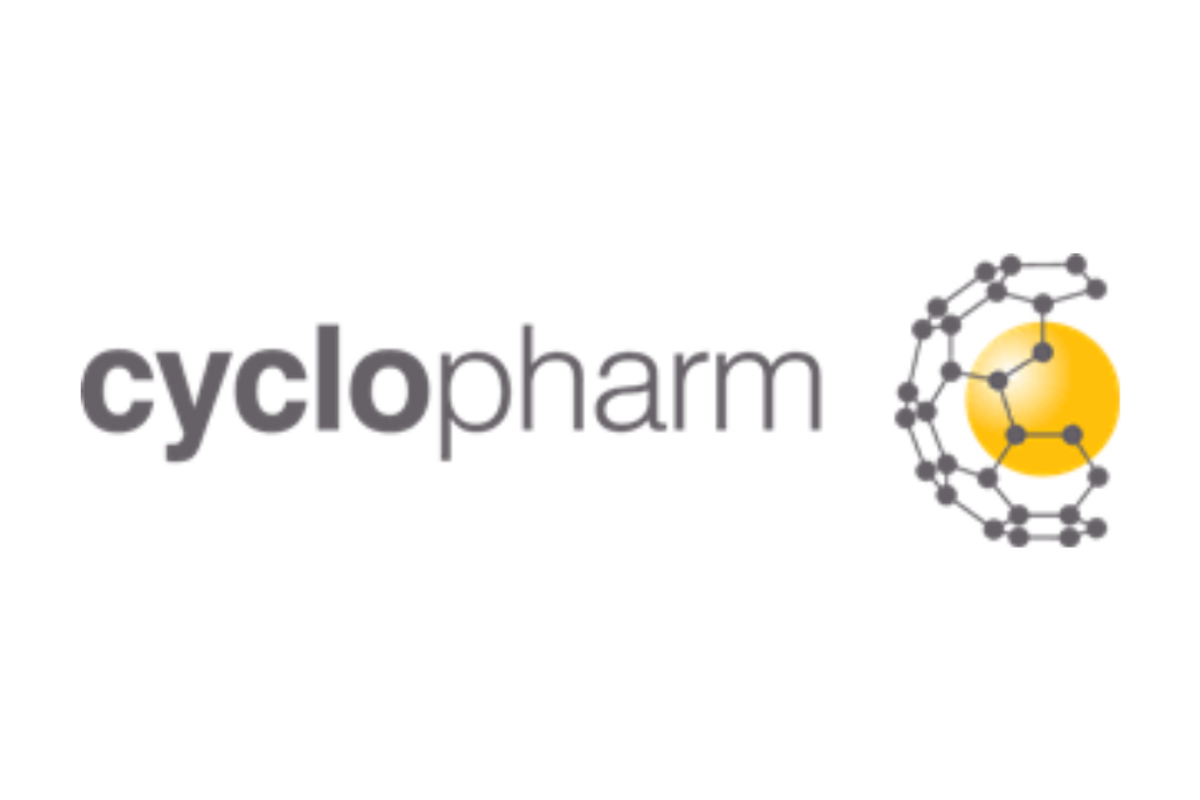Leadership committee seeks to bring resolution to decade-long legal battle
Lawyers representing approximately 55,000 plaintiffs in the litigation against Johnson & Johnson (NYSE: JNJ) over its cancer-causing talcum powder products have formed an Ad Hoc Committee to support an $8.9 billion deal that would end a decade-long legal battle against the pharmaceutical giant.
To view the ad hoc statement, click here .
J&J subsidiary, LTL Management, filed Chapter 11 bankruptcy a second time to resolve claims by establishing an $8.9 billion trust to compensate cancer victims. Once approved, J&J has committed to paying all current claimants within one year and removing all talc-based products from store shelves worldwide.
"These victims and their families have waited long enough for fair compensation," said trial lawyer Majed Nachawati , founding partner of Dallas -based Nachawati Law Group. "Although no amount of money can replace what these families have lost, we are proud to be a part of ad hoc leadership to resolve this litigation and finally bring some sense of peace to our clients."
The Ad Hoc Committee has retained Paul Hastings , Cole Schotz , and Parkins & Rubio LLP as co-bankruptcy counsel. The Ad Hoc Committee is comprised of attorneys from Nachawati Law Group; OnderLaw, LLC; Watts Guerra LLP; Wisner Baum ; Pulaski Kherkher , PLLC; Ferrer, Poirot, Wansbrough; Feller & Daniel; Rueb, Stoller & Daniel, LLP; Linville Law Group; Slater Slater Schulman LLP; Johnson Law Group; McDonald Worley ; Trammell PC; Andres Pereira Law Firm; and Jenn Liakos Law .
Seventy-five percent of claimants must vote to approve the settlement. The Ad Hoc Committee is believed to hold a supermajority of talc claims against J&J.
Scientific studies linked J&J products to serious illnesses and cancers more than a decade ago. An investigation into J&J's own records revealed that not only did the company know of the dangers and risks associated with its products, including the iconic Baby Powder, but it also hid those facts from unsuspecting consumers for years. The initial bankruptcy ploy, in which the company dumped jury verdicts from thousands of cancer lawsuits into a shell company before filing for Chapter 11 protection, was rejected by the Third Circuit Court of Appeals.
Nachawati Law Group represents individuals in mass tort litigation, businesses and governmental entities in contingent litigation, and individual victims in complex personal injury litigation.
For more information visit https://ntrial.com/
Media Contact:
Alyssa Woulfe
800-559-4534
alyssa@androvett.com
![]() View original content: https://www.prnewswire.com/news-releases/plaintiffs-attorneys-representing-talc-cancer-victims-form-ad-hoc-committee-to-support-jj-settlement-301804295.html
View original content: https://www.prnewswire.com/news-releases/plaintiffs-attorneys-representing-talc-cancer-victims-form-ad-hoc-committee-to-support-jj-settlement-301804295.html
SOURCE Nachawati Law Group










